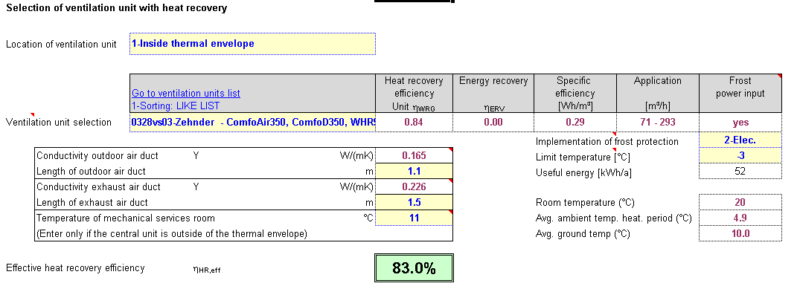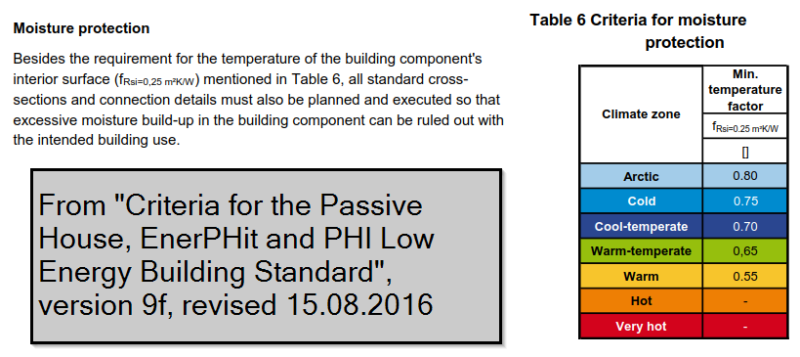Several Passive House projects undergoing certification have requested a way to estimate the additional R-value of an adjoining unconditioned spaces (such as garage). A good example is a garage which is part of the building but outside of the Passive House Thermal Envelope. This garage will increase the insulation value of the thermal envelope by buffering it from the exterior …
DHW Tanks – W/K from kWh/day

Summary The Passive House Planning Package (PHPP) requires that energy losses from Domestic Hot Water (DHW) Storage tanks be entered as Watts per degree Kelvin (W/K) rather than the more common KWh/day. This explains how to convert from kWh/day to W/K and some ways this can be more complicated than you would expect as you need to know the temperatures …
How to scale HRV data to ERV for use in Passive House Planning Package

Summary Several Heat Recovery Ventilation (HRV) systems available have HRV performance data for the Passive House Planning Package (PHPP) but do not have Energy Recovery Ventilation (ERV) performance data. Knowing the performance is important for designing Passive Houses. A simple scaling is suggested to provide a first approximation. Method Looking at the PHPP version 9.3 example file we can set …
Hygiene Criterion applied to a thermal bridge

PH certification criteria requires that a minimum surface temperature be achieved. Steps: 1. Determine the exterior temperature to use – call this the Hygiene External Temperature. This temperature can be any value lower than the internal temperature. I typically use 0 °C as the Hygiene External Temperature and 20 °C as the interior temperature but this is only a matter …
- Page 2 of 2
- 1
- 2
